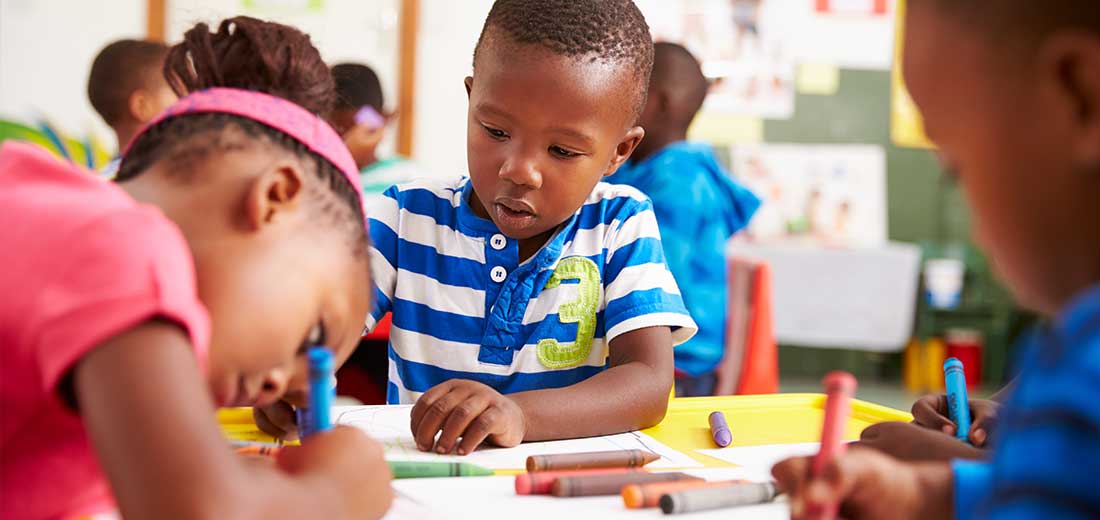When a toddler transitions to a classroom, the change represents a huge shift in terms of what the toddler is used to. Children get used to patterns and environments easily. Changing them from what they are familiar with can frighten a child and make the transition very difficult. It is important that the transition to a classroom be handled well so as to keep the child’s mind at ease. Here are some ideas about how to transition your child to a classroom setting.
There Will be Nerves to Deal With
When your child transitions to a classroom setting, it is very natural that they are going to be very nervous. While most parents anticipate this, they often fail to anticipate their own nervousness at sending their child off to a new environment. When you are dealing with a professional pre-school, experts will assist you to ease the child gently into the new environment. For example, you could arrange for you and your child to spend an hour or two in the new environment well before the child has to start schooling. This way, the environment will not seem so different when they finally make the transition.
To deal with your own nervousness, it is important to understand that this anxiety is very normal. Acknowledging it helps to ease the fear somewhat and helps your child to relax as well as they tend to pick emotional cues from you.
Prepare for Changes
When a child goes off to class, you will have to make arrangements for meals, different kinds of clothing and much more. Very often, most toddlers begin to play outside when they start pre-school and this often means a wardrobe adjustment. Preparing for this in advance helps to make the transition easier for your toddler. You will need to dress them appropriately so have something they can wear in different kinds of weather. Apart from clothes, it helps to also ensure that you have packed some food and snacks for them. To prevent monotony, try to have different food items every day which in turn means that you have to plan in advance as well. Apart from planning what the child will eat, you will need to buy the appropriate lunch box and other items that the child needs to carry food and drink.
Sleeping Behavior Will Change
Most pre-schools allow children to take naps at different points of the day. Children play a lot and they require sleep in order to rest and recharge. In most pre-schools, children are given comfortable mats to sleep on. This is obviously a change from the cribs that your child is used to. This change can often trigger a negative reaction in your child, especially if not handled properly. Just like the classroom process, you can gently ease your child into this new sleeping set up so it will not be too unfamiliar when they go to school. Fortunately, children play a lot in pre-school, and therefore falling asleep is not usually a problem.
When all is said and done, the process of preparing a child for the classroom is really about easing them gently from the known to the unknown. Done properly, your child should seamlessly transition to pre-school without any problems.




